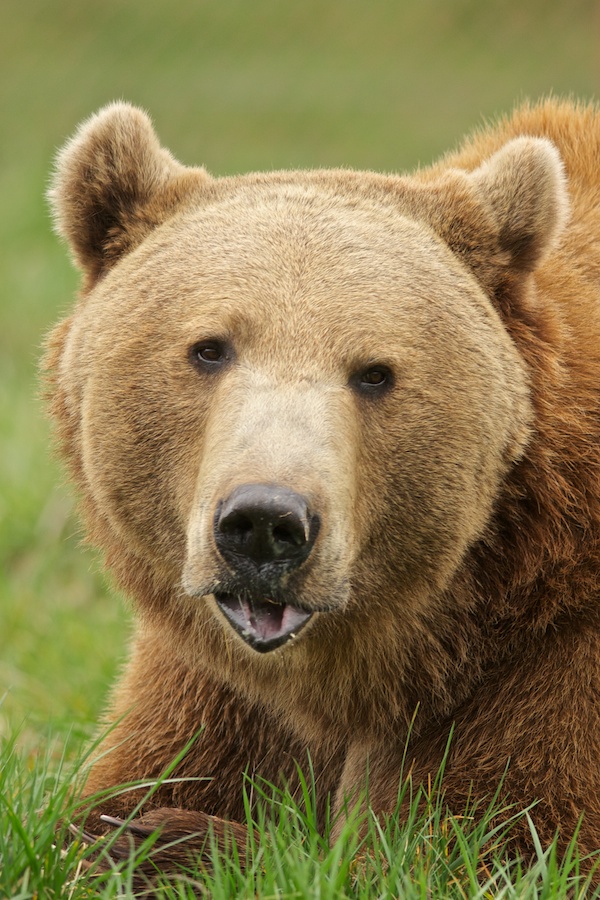Look up the word “wildlife” and you can get a range of definitions. Most dictionaries go with a combination of animals and locale:
Wild animals collectively; the native fauna (and sometimes flora) of a region.
Wikipedia takes a bit more of a technical, but also broader, approach:
Wildlife traditionally refers to non-domesticated vertebrates, but has come to broadly reference to [sic] all wild plants, animals and other organisms.
For me, and I think for wildlife photography in general, it’s important to distinguish between wild and captive species. There is a sort of understood ethical practice around this in photography already, sure, but a big part of the experience for me is about how I approach the animals – or how they approach me – and what sorts of behavior they’re exhibiting at the time. Technically, zoo and other captive animals are wildlife. And though I’m generally a supporter of zoos, it’s important to understand the animals housed there and how their behavior and even their appearance can differ from those in the wild. For example, did you know that the commonly observed behavior of raccoons washing their food in water doesn’t happen in the wild?
However, there is still great value for me in seeing captive animals. A great example was this past weekend, when I took a road trip down to the Winston, Oregon area, to visit the Wildlife Safari there. This is an AZA-accredited, free-range, drive-through park featuring animals such as bison, rhinos, giraffes, and camels, plus predators like cheetahs, tigers, lions, and bears (behind a bit more protection, thankfully – though even the free-range bison that briefly ran down a hill towards the car was enough to get my blood pumping). I learned about this park via Portland-based wildlife photographer Laurie Excell’s Wildlife Photography: From Snapshots to Great Shots. Probably the highlight of the trip for me was observing the grizzly bears (also known as brown bears) up close. While at some point I hope to observe them in the wild firsthand, I expect to never be able to do so safely as close as I did this weekend. Seeing these amazing animals rest, play, and interact was a real treat, plus, as always, a way to sharpen the photo skills.
Wildlife Safari, Winston, Oregon
But while these sorts of opportunities are great, the reason I’m drawn to true, in-the-wild wildlife photography is a twofold mission. First, I just enjoy spending the time in the outdoors, exploring, never knowing what I’ll come across, and the associated change of pace from daily routine that comes out of both opportunity and necessity. The second is that I enjoy bringing photos from these experiences back to people who might not have the time, expertise, or desire to experience them firsthand. While I can’t really directly influence the first two of these, time and expertise, I just may have an effect on a person’s desire to see these sorts of things firsthand. And that could lead to their own change of pace, getting outdoors more often, taking an interest in wildlife found near their home or work, or a multitude of other little ripple effects.
So while I can enjoy photographing captive wildlife, for me it’s more about the experience leading up to and embedded in the image than the fact that I got a great trophy shot of a particular animal. I plan on visiting some places like Jewell Meadows Wildlife Area to try and see elk and coyote on their own terms, but it could still be fun to observe a winter feeding there, too. I’m just not obsessed about the potential for shots due to proximity to the animals. The best moments I’ve had with wildlife have been when they slowly let me into their world, aware of my presence and ok with it. Even if I don’t have any keepers that day (and it has definitely happened), I still received the gift of a peek through the wild window into the daily routine of true wildlife.
Portland, Oregon
P.S. I found a great piece in this vein by Dave Showalter entitled Wild vs: Captive Wildlife Photography. He’s a new-to-me voice that I’ll definitely be following from here on out.
